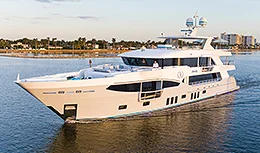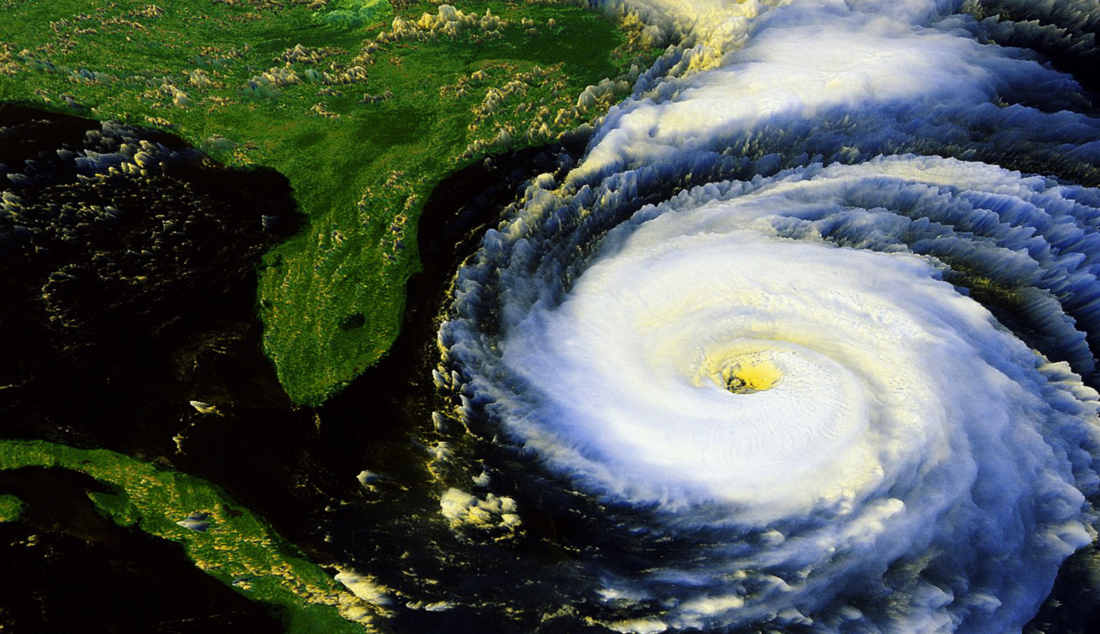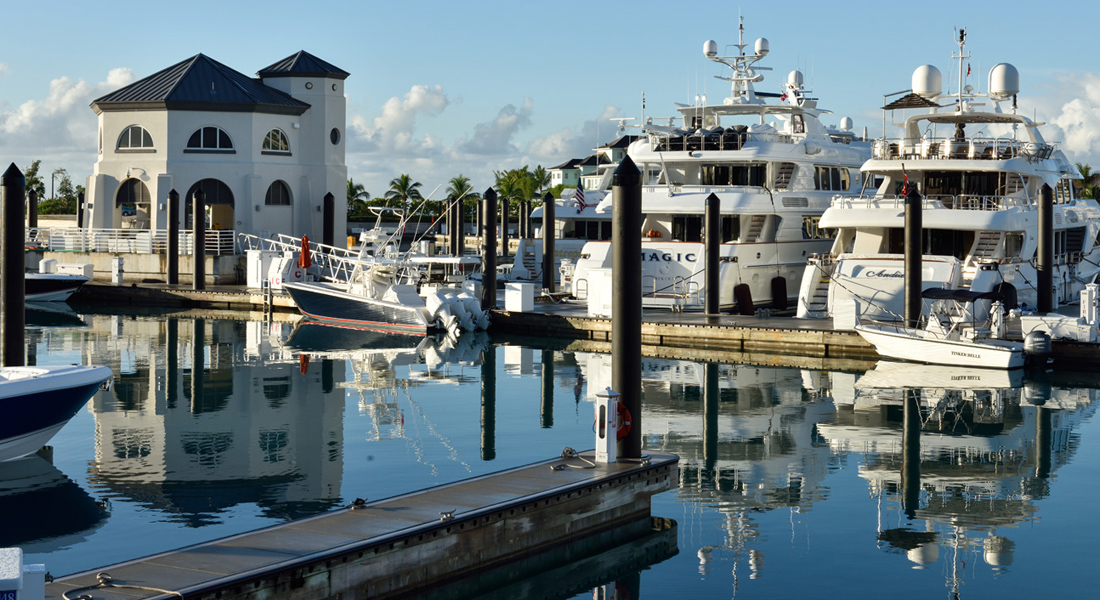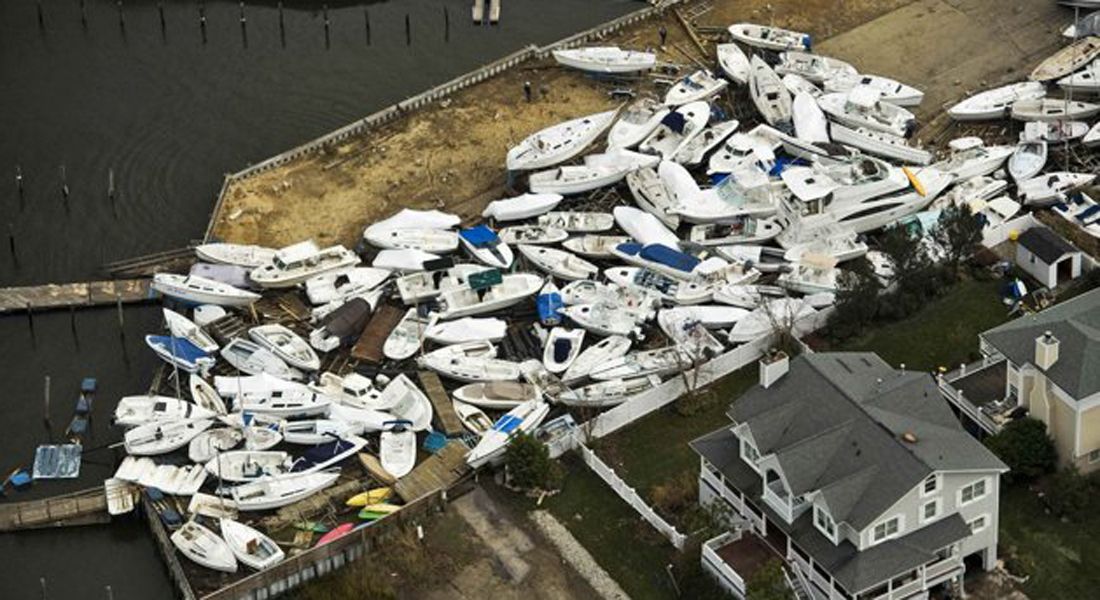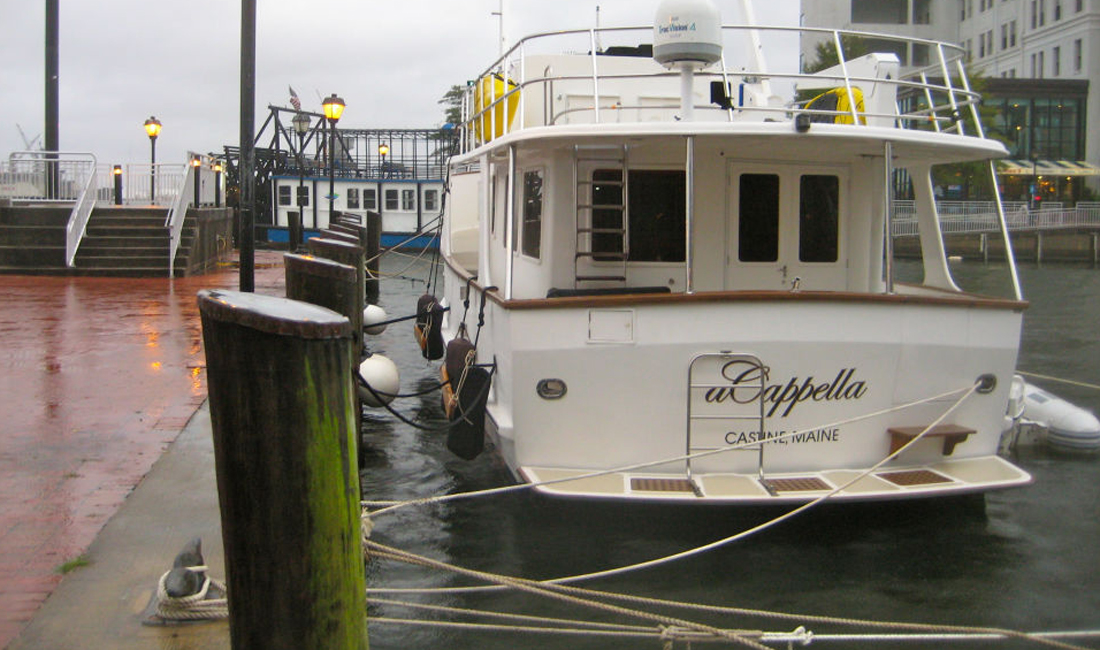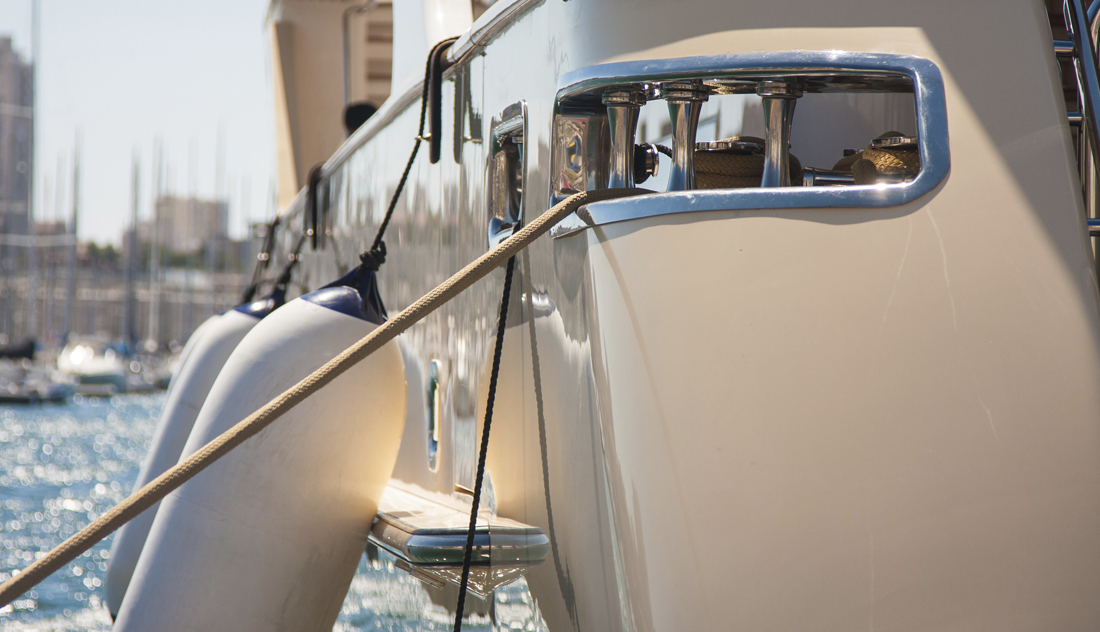- Alaskan Yachts
- Azimut Yachts
- Back Cove Yachts
- Beneteau Yachts
- Benetti Superyachts
- Bertram Yachts
- Boston Whaler
- Broward Yachts
- Buddy Davis Sportfish
- Burger Yachts
- Cabo Yachts
- Catamarans
- Carver Motoryachts
- Center Console
- Chris-Craft Yachts
- Cruisers Yachts
- DeFever Trawlers
- Dufour Sailboats
- Fairline Yachts
- Feadship Yachts
- Ferretti Yachts
- Formula Yachts
- Fountaine Pajot Cats
- Grady-White
- Grand Banks Trawlers
- Hargrave Yachts
- Hatteras Yachts
- Hinckley Picnic Boats
- Horizon Yachts
- Hydra-Sports
- Intrepid Boats
- Jarrett Bay Sportfish
- Jeanneau Yachts
- Kadey-Krogen Trawlers
- Lazzara Yachts
- Lekker Boats
- Luhrs Sportfish
- Marlow Yachts
- Maritimo Yachts
- Marquis Yachts
- Mazu Yachts
- McKinna Motoryachts
- Meridian Yachts
- Midnight Express
- MJM Yachts
- Mochi Craft
- Neptunus Motoryachts
- Nordhavn Trawlers
- Nordic Tugs
- Numarine Yachts
- Ocean Alexander Yachts
- Ocean King
- Offshore Yachts
- Outer Reef
- Oyster Sailing Yachts
- Pacific Mariner Yachts
- Palmer Johnson Yachts
July 17, 2017 7:24 am
Hurricane season began on June 1 and runs through November 30. Coastal areas on the East Coast of the U.S. bear the brunt of hurricanes with high winds, storm surge, waves, and flooding. Boat owners are encouraged to establish a detailed hurricane plan to minimize, or better yet, avoid storm damage. Here are a few tips to make sure your boat is prepared for a hurricane:
Put your hurricane plan on paper
Writing out a plan can be annoying, and can easily find itself on the bottom of your boating to-do-list, but is totally worth it.
A hurricane plan should include the following: checklist of procedures to prepare the boat for a storm, list of gear and supplies on and off the boat, insurance policy information, emergency contact info if the boat owner cannot be reached, the location of alternate vessel storage, and contact information for boat salvage companies.
Review your boat’s insurance policy
Make sure your policy is current and that coverages are sufficient for liability, damage, or loss. Once a hurricane warning has been issued, most insurance companies will not allow you to adjust your policy. Your policy should be on file with the marina where you are storing your boat; most marinas will not store an uninsured vessel.
Also be careful to note any cruising grounds your boat may not be covered in during hurricane season. If you’d like an agent to review you policy and give you practical advice on your current policy’s coverage, feel free to give Brian a call. He’s a good guy and knows a lot about yacht insurance: (843) 367-6819.
Choose a safe marina
It’s a good idea to know the sea level of marina facilities (high ground is good) and the age of boat storage racks (the newer the better to withstand hurricane-force winds). Observe docks for durability; floating docks must have tall enough pilings, and the wider the better for fixed docks. The dock should be attached to pilings that can sustain a 50-year storm surge and wind load.
Prep your boat
Below is a hurricane prep checklist and is worth reviewing as you finalize your yacht’s hurricane plan. Prepping includes:
- Pump bilges dry
- Charge batteries
- Secure all hatches and locks on windows, doors, port holes, sea cocks to make boat watertight
- Empty sewage holding tanks
- Check AC systems and make sure panels are secure
- Turn off water and electrical connections
- Clean filters and any sludge, debris, and obstruction from bilge so rainwater can freely exit the boat
- Clear self-bailing cockpit drains; close through-hull fittings
- Set chafing gear where lines will rub against your boat
- Turn on anchor light and auto bilge pump
- Remove the following items: ship papers, fishing equipment, chairs, coolers, loose antennas, dinghies, motors, portable fuel and oil storage tanks; roller furling, outriggers, exterior flags, banners, signs, sails, canvases, floats, cushions, and anything else that may fly off your boat and cause damage to your boat or boats around you.
Keep your boat safe in the water
If you are storing your boat at a dock, it should be in a snug harbor and secured with additional storm lines and fenders. Storm surge is a major problem and 10′ waves or more are common in a hurricane; sea walls may not protect during a hurricane. An alternative to docking your boat is mooring or anchoring in an open, less crowded harbor.
Tie down your boat
Tie the boat high on mainland to a sturdy tree or similar object, and attach lines to cleats at a 45 degree; don’t tie lines parallel to the bank. Make sure to use enough line to allow for storm surge.
Take before and after photos
Snap as many pictures as you can of your boat before and after the storm. Focus on surrounding structures such as dock pilings, trees, and other boats.
Stock up on supplies
You should have a stockpile of the following supplies: fuel, oil, batteries, battery-operated generator, plywood, nails, jack stands, portable radio, pumps, yellow caution tape, duct tape, boat hooks, bottled water, work gloves, trash receptacles, anchors, fenders, flashlight, fire extinguisher, chafing gear, first-aid kit, life jackets, tool set, tarps, lines, and 2 anchors with 300’ or more oversized rod.
Make copies of documentation
Laminate copies of your hurricane plan, emergency contact info, driver’s license/ID, insurance policy, and ship papers (boat registration and title).
Clean up debris after the storm
Make two piles of debris, one for reusable debris and the other for trash pickup. During the cleanup, watch out for snakes, downed electric lines, wet electronic equipment, leaking gas or fuel, and standing water.
To learn more about hurricane coverage, contact Brian Rasmusen:



